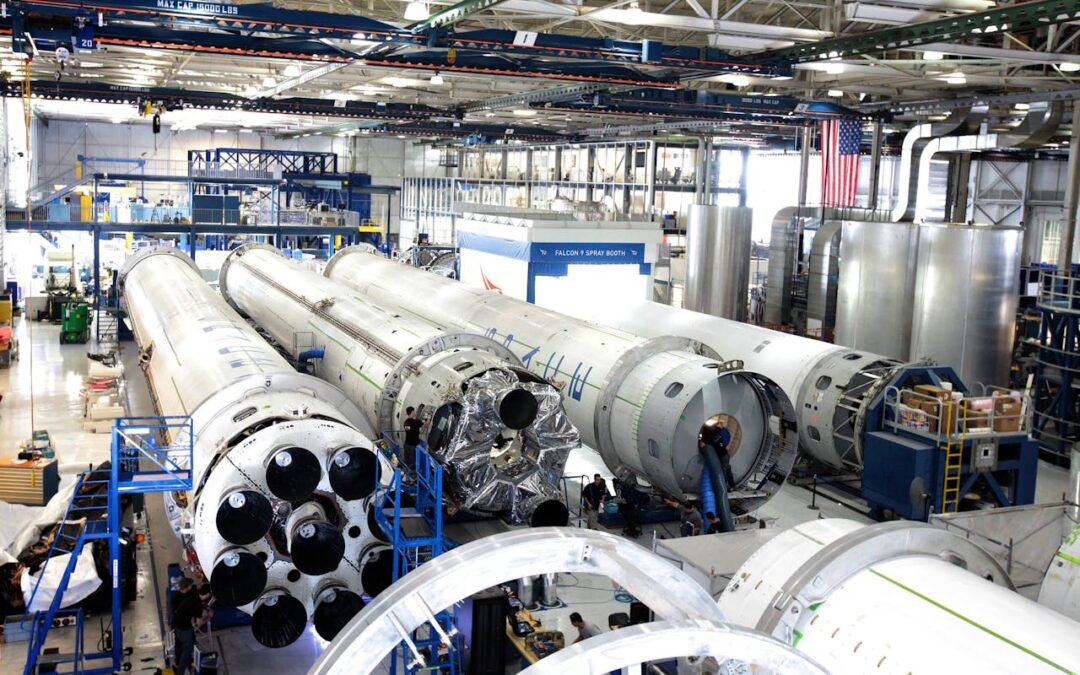We often hear pushback about the potential for space piracy along the lines of “the barriers to entry are still high” or “space is too expensive for pirates.” This is true if you think that pirates can only get into space by building and launching their own rockets. Even then, if you’re basing your opinion on the high cost of American space travel, it may be time to rethink your assumptions.
India can get to the moon for about $80 million. With that in mind, consider the financial resources of the world’s dominant criminal organizations. The biggest Mexican drug cartels, for example, have revenues estimated at between $6 billion and $29 billion. Overall, their revenues are put somewhere in the range of $500 billion per year. If they wanted to sponsor an Indian space mission for criminal purposes, they could probably swing it.
Recent events here on Earth, however, show how space pirates could disrupt space commerce without having to build or buy anything. They can literally hop on board someone else’s investment. For instance, the Times of London reported this week that the mafia had taken over a hospital in Italy and used its equipment and vehicles for drug trafficking and other criminal activities. They did not have to build the hospital to accomplish this goal.
Or, consider the 9/11 attacks. The terrorists who destroyed the World Trade Center and killed over 3,000 Americans did not have to buy or build the airplanes they used in the attack. They seized $250 million airliners paid for by the airlines and turned them into aerial bombs.
The case of the container ship MSC Gayane offers a similar criminal pattern. In 2019, US Customers and Border Protection agents boarded the Gayane in Philadelphia after tracking its route from South America satellite. They found over $1 billion in cocaine aboard, headed for Europe.
It turned out that many of the ship’s crew were either members of a Balkan criminal gang or had been recruited or coerced into helping turn the Gayane into a vessel for drug smuggling. MSC is one of the world’s largest shipping companies. Ships like the Gayane can easily cost over $100 million to build. Did the Balkan gang have to bear any of these costs? No, they got their men on board and leveraged MSC’s capital investment to further their criminal project.
The same could easily happen in space. Malicious actors could recruit employees of space ventures and bribe or threaten them to perform criminal acts in space, e.g., hijacking valuable space equipment or cargoes.
Alternatively, space pirates could take over space businesses through shell companies. This risk came up in a 2023 warning bulletin from US Office of the Director of National Intelligence (DNI), Titled “Safeguarding the US Space Industry,” the bulletin warns that foreign intelligence entities (FIEs) could use opaque corporations or investment entities to gain access to American space technology.
Furthermore, if you include ground infrastructure in the space attack surface, the picture gets even more ominous. Uplink stations, launch facilities, and aerospace manufacturing are all vulnerable to low-tech, low-cost threats.
If we’re right about this, there are implications for space defense and law enforcement. Working under the assumption that space crime and piracy will have to wait until space travel becomes less expensive is probably not the right approach. Rather, it would be beneficial to conduct risk assessments that examine the weak links in space security, which start with the human beings who earn a living in the space sector.
This is surely already happening, to some extent. The focus may be more on potential influence by FIEs and other types of nation state actors. It would be wise to consider expanding the risk assessment to include potential threats from non-state actors, criminal organizations, and other vectors of irregular warfare in space. Photo by Pixabay: https://www.pexels.com/photo/rocket-factory-256297/

